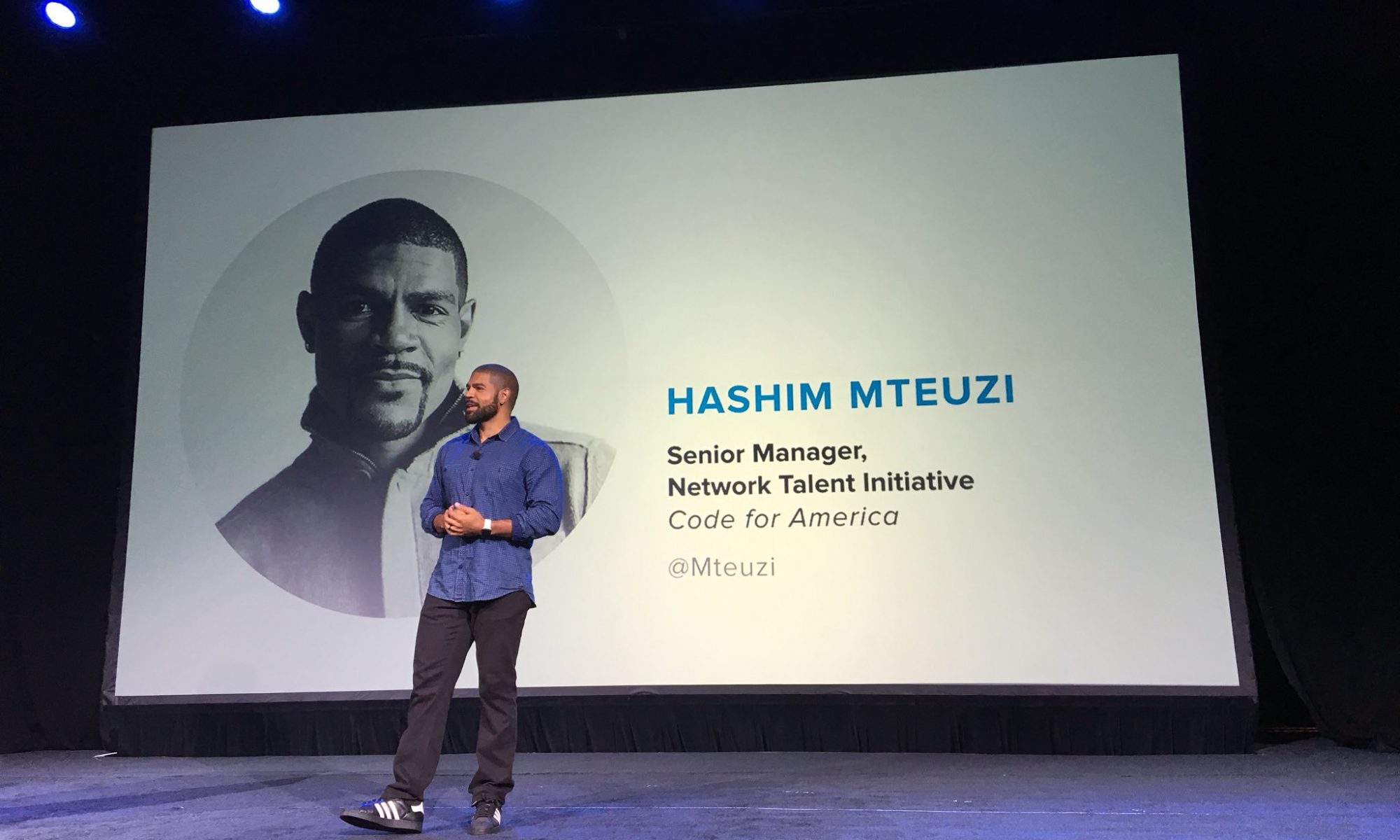In the realm of board diversity, progress has not just stalled—it’s backsliding. According to a recent report by Heidrick & Struggles, the proportion of new female board members, particularly Black women, is dwindling at U.S. firms. This regression is happening despite the fact that diversity, equity, and inclusion (DEI) efforts have been at the forefront of corporate conversations. So, where’s the disconnect?
The conundrum stems from a conventional yet flawed approach: confining the search for board members to the C-suite. While it’s undeniably filled with accomplished and highly-qualified individuals, the C-suite pool is narrow and not nearly diverse as it could be. By setting our sights beyond the C-suite, we could unlock a wealth of untapped potential that could be key to achieving sustainable board diversity.
Breaking The C-Suite Barrier
C-suite experience has become a prerequisite for many board roles, with an increasing number of positions going to those with CEO or CFO backgrounds. The challenge? Only 26% of C-suite executives are women, according to a 2022 McKinsey & Company report. Furthermore, only 10% of Fortune 500 companies have women CEOs, and this percentage drops to 0.4% when considering Black women-led companies. This discrepancy doesn’t reflect a lack of qualified women; rather, it highlights the systemic barriers that keep them from reaching the C-suite in the first place.
The same structural issues that contribute to the gender and racial imbalance in the C-suite can manifest on boards, leading to a vicious cycle that keeps board diversity stagnant. Fast-tracking a few women into high-visibility roles or expanding board size to accommodate diversity may be quick fixes, but these measures are temporary and could even perpetuate opposition.

Untapped Potential
Rather than restricting board member search efforts to the traditional pool of C-suite executives, it’s time companies broadened their horizons. As I’ve argued in my article on The Benefits of Diversity and Inclusion in the Workplace, diversity brings about a host of benefits, including increased creativity and innovation, improved employee engagement, and a wider market appeal. The potential of these benefits does not decrease as we climb the corporate ladder. In fact, Senior Directors and other non-C-suite executives hold a wealth of experience and expertise that could greatly enhance board decision-making processes.
Elevating Senior Directors and similar roles to board positions not only increases diversity but also enriches the board with a range of experiences and skills that might not be present within the C-suite. Furthermore, it sends a powerful message about an organization’s commitment to diversity and inclusion at all levels.
Sustainable Change
Sustainable progress in board diversity requires more than one-off initiatives or symbolic gestures. We need to overhaul the system that contributes to the lack of diversity in the first place. This might involve revising human resources processes, like performance reviews and hiring rules, to ensure they’re free of bias and foster diversity.
As Forbes rightfully highlights, improving board refreshment practices and leveling the playing field can foster durable progress in board diversity. These practices also enhance the bottom line by improving corporate governance and protecting human capital investments. Therefore, they are integral to the overall health and success of an organization.
Let’s not let board diversity be another box to tick or a trend to follow. It’s an essential element of a resilient, innovative, and successful company. By looking beyond the C-suite, we can tap into a wealth of potential and foster a more diverse and inclusive corporate landscape. Remember, diversity isn’t just a statistic—it’s a strategy for success.




